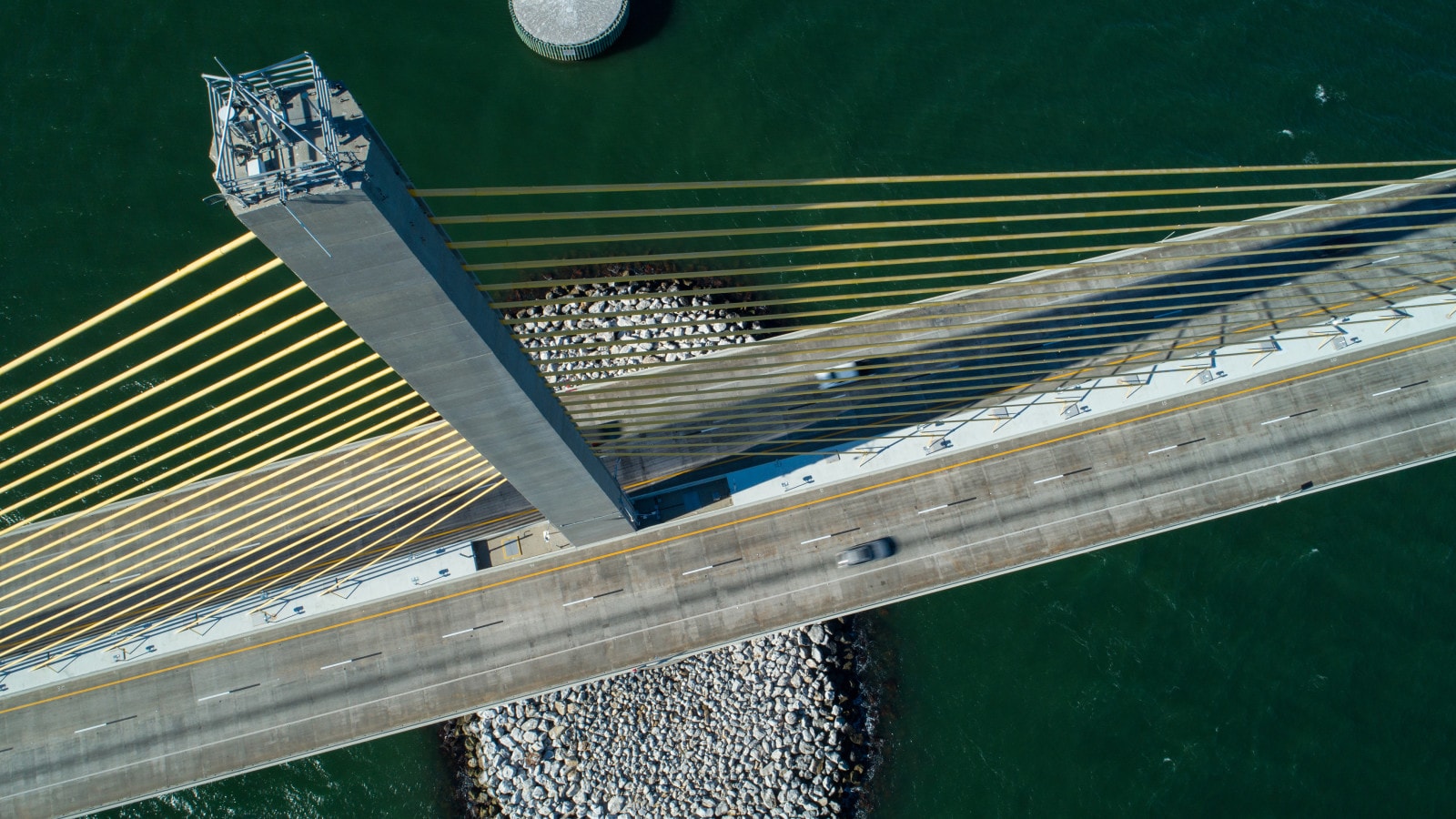
We can help with your air, rail and trucking business issues
Transportation and logistics
Canada's transportation and logistics (T&L) industry is very much integrated with the ebb and flow of the global economy.
Featured - 4 items
Our Transportation and Logistics practice has the industry knowledge and the depth of experience to help you deal with these and other issues impacting your business.
Our Canadian team can offer you a host of tax and advisory services to meet the ever-changing demands of your business. And should you have operations outside of the country, we have a wide Global network to address your concerns.
Contact us





© 2018 - 2025 PwC. All rights reserved. PwC refers to the PwC network and/or one or more of its member firms, each of which is a separate legal entity. Please see www.pwc.com/structure for further details.












